Polymer banknotes have won the praise worldwide for their many advantages – they are harder to counterfeit and last longer, causing a decrease in environmental impact and ultimately reducing the cost of production and replacement.
On 22 May, the Bank of Russia launched Russia’s first polymer 100-rouble bill celebrating the 2018 FIFA World Cup. With some 20 million in circulation, it is sold online for around 350–400 paper or non-cash roubles.
This special edition banknote uses polypropylene sourced fr om SIBUR. “Today, the feedstock and technical capabilities available for manufacturing polymer banknotes are relatively limited,” commented Sergey Komyshan, SIBUR’s Management Board member and Executive Director. “As more of them are printed thanks to the new solution, both manufacturers and users will get to enjoy a more advanced and durable product.”
“This year, we expect to get prequalified for printing on plastic,“ says Andrey Kuryatnikov, Deputy General Director at Goznak. “We have technical capabilities to do it, although we do not see a lot of potential in this area. On the customer’s request, we will be able to deliver mixed series of paper and plastic banknotes.”
Hybrid RUB 200 notes issued in 2018.
Cost saving
While the plastic banknotes are twice as expensive to print as their paper equivalents, the Bank of England, for instance, estimates they will save some GBP 100 million in replacement costs over a ten-year period. Innovia Security, a subsidiary of Innovia Films, plans to invest another GBP 20 million (on top of the same amount spent earlier) in the upgrade of its Wigton facility to produce polymer substrate for the new GBP 5 banknote, following the Bank of England's decision to replace paper money with plastic.
“An increasing number of the world's most influential central banks recognise the benefits of polymer banknotes and include them in their series of banknotes,” says Philippe Etienne, Managing Director at Innovia Security. “Very soon we will reach a tipping point when central banks around the world transition to polymer currency more actively.”
Across the globe, the average circulation of a banknote varies from 9–10 months to 2–3 years. The smaller the banknote, the shorter its lifetime. A bill of RUB 5,000 may last for up to four years, while RUB 1,000 and RUB 500 ones are withdrawn from circulation after just two years. RUB 10 bills have long been replaced with coins as many of them rarely survived longer than a year.
RUB 10 notes had to be replaced with coins because of their too short lifetime.
Each year, the Bank of Russia has from three to five thousand tonnes, or some 2.5 billion banknotes, withdrawn from circulation. The Soviet Union used to simply burn “unfit” money, with lots of harmful substances released into the air.
Помимо полностью полимерных денег существуют также так называемые гибридные банкноты —денежные знаки, изготовленные из бумаги и покрытые полимерным материалом.
Today, old roubles are shredded by special machines into 1–2 mm wide pieces, briquetted and sent to landfills or recycled, for example to produce construction materials. In other countries, the shreds are used to make new products, from toilet paper to tombstones.
At least three times as durable as paper, plastic currency is also more resistant to mechanical stress, moisture and changes of temperature, stays cleaner and is therefore more hygienic. A study of the University of Oxford finds that paper banknotes are home to some 11,000 (euro bills) to 180,000 (yuan bills) various bacteria, including E. coli, M. tuberculosis, mold, Staphylococcus, and influenza viruses. While, according to researchers, these pose no danger to those who regularly wash their hands, polymer banknotes beat their paper rivals when it comes to cleanliness.
On top of that, they need some 30% less energy to be produced compared to paper bills, and make shredding and recycling easier and more efficient.
Notes withdrawn from circulation are shredded and briquetted.
Money bubble
Today, all polymer banknotes are printed on Guardian, biaxially-oriented polypropylene substrate used back in 1988 to make the first polymer dollar in Australia. Manufactured by Securency International, a JV of the Reserve Bank of Australia and Innovia Films Ltd, Guardian is now used as the base material by many central banks to print polymer banknotes.
The substrate is created from a unique process wh ere polymer pellets are blown into a large bubble using a special chamber, gravity, pressure, and temperature. The bubble is then collapsed into a flat sheet, and the resulting base film is slit as it exits the rollers and opacified with print layers.
The key benefits of polymer banknotes are their innovative security features, such as transparent windows.
Все современные полимерные банкноты выпускаются из двуосно-ориентированного полипропилена марки Guardian.
The technology ensures protection from counterfeiting not possible with paper money – one of the Guardian's key benefits. According to experts, a single innovative security element embedded in the banknote is more likely to trip up potential criminals than several ones already well-known. The Guardian-made money combines traditional (surface relief, watermarks, microtext) and proprietary security features, such as transparent windows.
First polymer banknotes
In 1983, American Banknote Corporation printed the first ever polymer banknotes for Costa Rica, Haiti and the Isle of Man on DuPont's Tyvek polymers. Unfortunately, in tropical climates, ink did not bind well to the polymer and started to smudge, and the banknotes became fragile. This forced the countries to give up polymer money, though on the Isle of Man the new bills remained in circulation for a total of five years and were abandoned only in 1988.
First polymer banknotes issued in Costa Rica.
При производстве полимерных денег экономится около 30% энергии по сравнению с выпуском бумажной наличности.
The first nation to start issuing long-lasting polymer bills was Australia. This was a desperate move at the end of the 1980s, when the country was flooded with fake notes and was looking for radical ways to stop counterfeiting. In 1988, the Reserve Bank of Australia put into circulation a plastic 10-dollar banknote with an image of Captain James Cook.
Prior to release, it had had undergone some serious durability tests, from boiling and running through the washing machine to several months of being kept in soil. None of those caused any significant damage to the banknote. Importantly, the new money turned out to be rather costly, with around 20 million Australian dollars spent on introducing the technology.
In 1992, the Reserve Bank issued 5, 20 and 50 dollars from polymer, and released a 100-dollar bill in 1996, which marked its full conversion to polymer money.
Australia's switch to polymer banknotes was necessary to end the flood of counterfeit money.
На полимерных деньгах помимо традиционных средств защиты (рельефа, водяных знаков, микротекста) используются свои собственные методы, например прозрачные фрагменты банкнот.
In the footsteps of Australia
In 1999, Northern Ireland released five pounds printed on polymer substrate, followed by Romania, the first European country that started making polymer money in the same year. Its commemorative 2,000 lei note issued to celebrate the last eclipse of the millennium remains one of the best protected against counterfeiting. Over the last decade of the 20th century, polymer money started circulating in Singapore, Kuwait, Indonesia, New Zealand and Thailand (which later gave it up). The next decade saw China, Brazil, Mexico, the Dominican Republic, India, Lebanon and others join the ranks of nations issuing plastic banknotes. In 2006, the State Bank of Vietnam issued 100,000 polymer đồng banknotes, and in 2008, Israel started printing 20 shekel banknotes. In 2015, Clydesdale Bank (one of Scotland's three commercial banks allowed to print notes for circulation) issued two million GBP 5 notes printed in polymer. In 2013, polymer money was adopted by over 30 nations, and by 2018, their number reached 55, with 10 of them (Australia, Canada, Romania, New Zealand and others) issuing a full set of polymer notes for general circulation (paper bills of the previous series remain in circulation and have legal tender status). Today, 27 countries have partially switched to polymer currency while others have been issuing commemorative bills only.
In addition to fully polymer money, there are also the so-called hybrid banknotes that are a combination of protective film around a cotton fibre core. The technology offers better durability and longer life cycle and provides for additional protection from counterfeiting. A full set of hybrid notes is now in circulation in Bermuda. 18 countries have some of their series printed on the hybrid substrate and another seven nations are issuing commemorative hybrid notes.
Russia applies the technology to issue RUB 200 of 2018. The new banknote is printed on paper impregnated with polymer to increase its density and durability (according to Goznak, this will extend its life by 50%).
“Going forward, the paper will accommodate a range of complex structures to allow for incorporation of various security features, and banknotes will be printed using a combination of various printing techniques,” says Arkady Trachuk, General Director of Goznak.
As commented by Georgy Luntovsky, Deputy Governor of the Bank of Russia, at the 3rd Currency in Circulation: Challenges and Prospects international conference, the coating for hybrid money has been in testing since 2016, and should the new banknote meet expectations, the government may continue using the technology.
Unique coins of Transnistria
In August 2014, the Pridnestrovian Republican Bank launched into circulation composite coins in denominations of 1, 3, 5 and 10 Transnistrian rubles. Made using the unique Plamet technology of Russia’s Goznak, the new money combines the best qualities of both coins and banknotes – they are longer lasting, stronger, lighter, resistant to wear and tear, and allow for many possibilities in design. Besides, they are better protected against counterfeiting and cheaper to make than metal coins.
Designed in various colours and shapes depending on denomination, they boast a number of special features: they make a special bone sound uncharacteristic of plastic when tapped, have bright colours and a rough surface agreeable to touch, are transparent to light, do not bend, and stay clean.
Download PDF

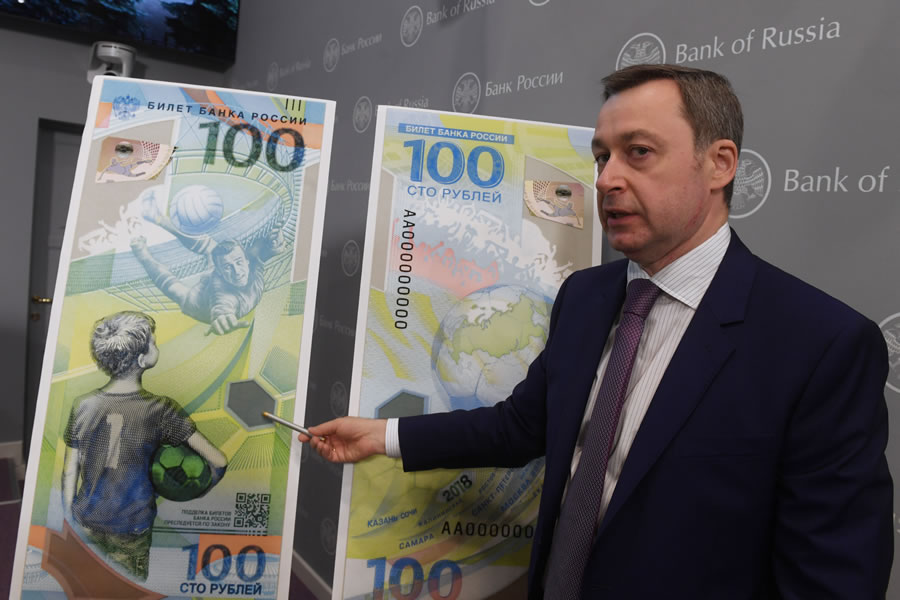
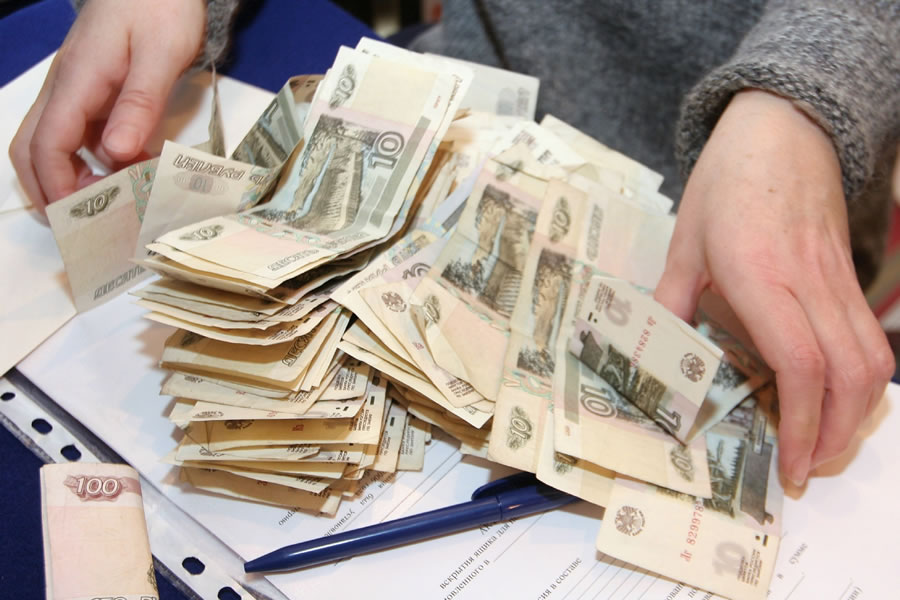
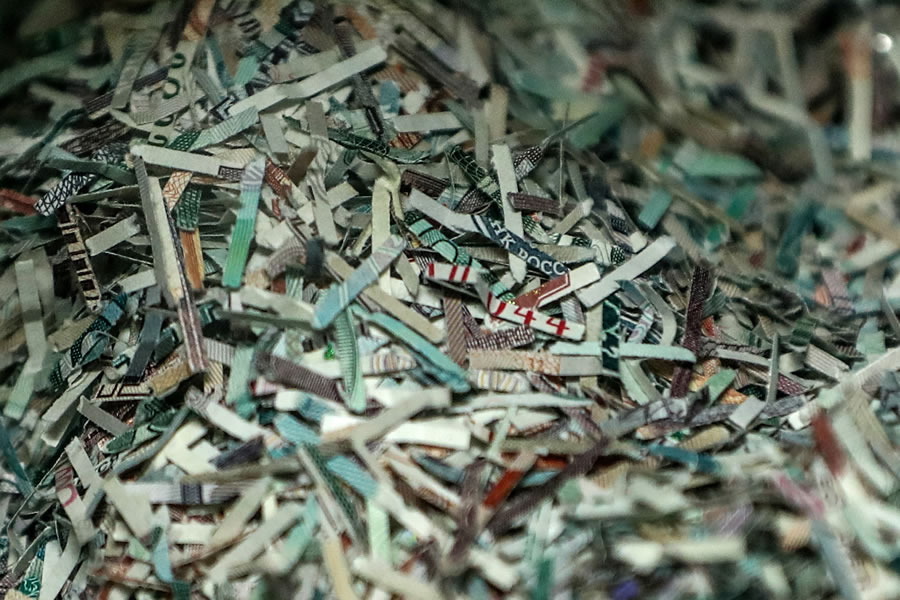
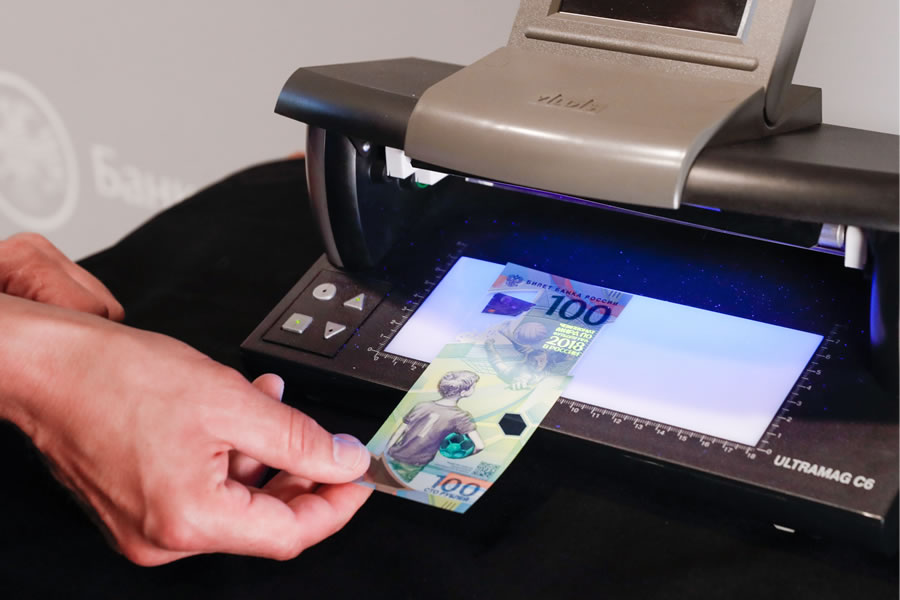

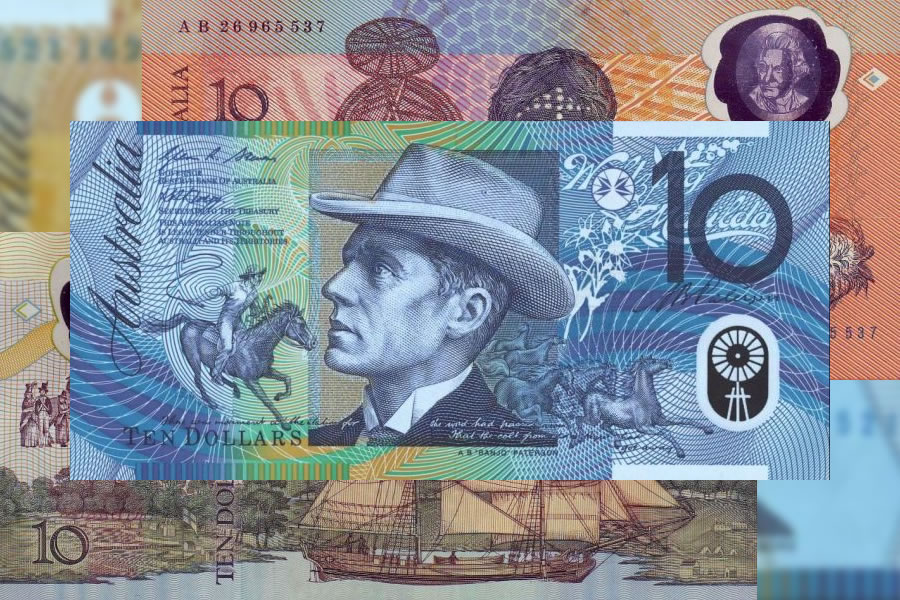
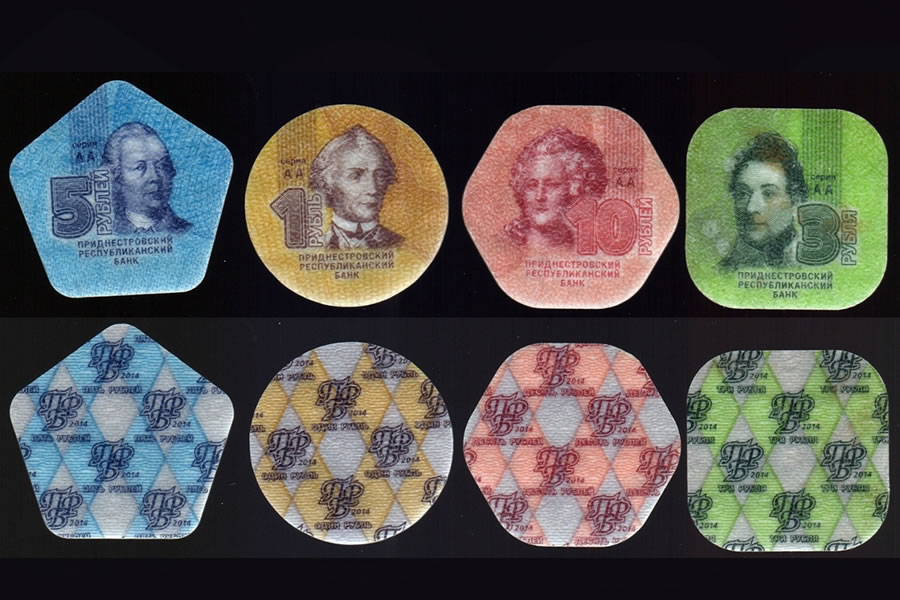






Nine years
This is how long 50- and 100-US dollar notes can stay in circulation – one of the longest lifespans for paper money. The reason for their extraordinary endurance is neither the quality nor the care with which the Americans treat them. This is due to the fact that in the US, the purchases of up to USD 50 are frequently paid with bank cards rather than in cash.